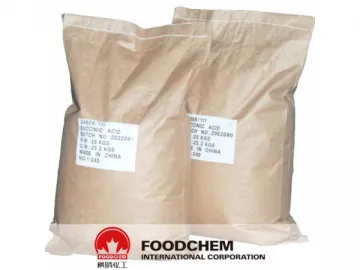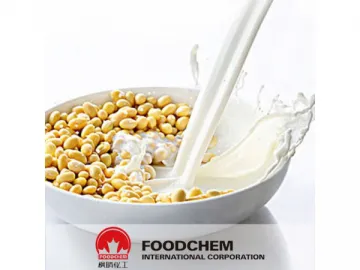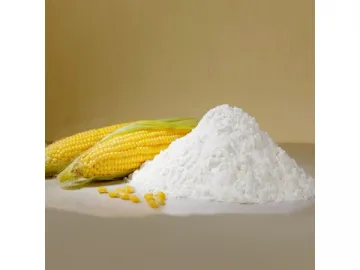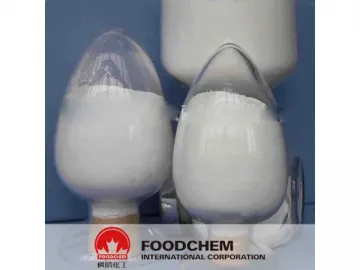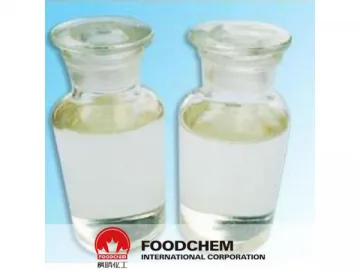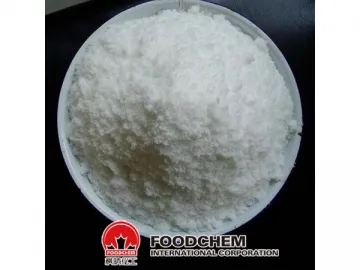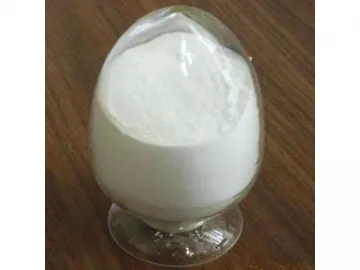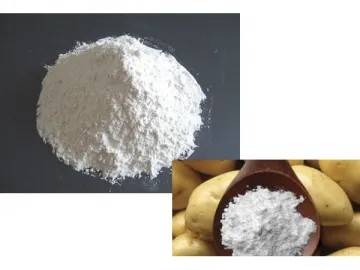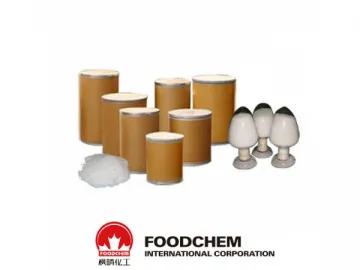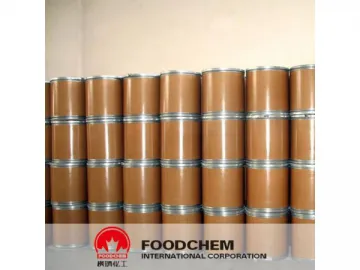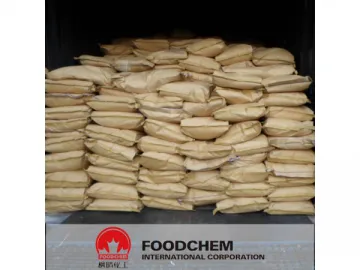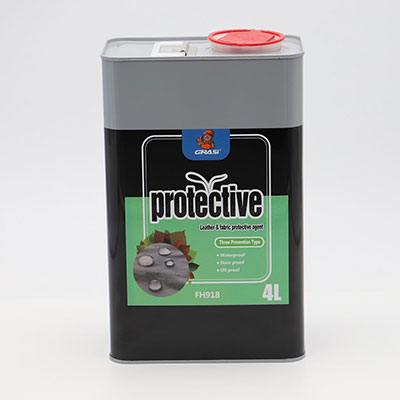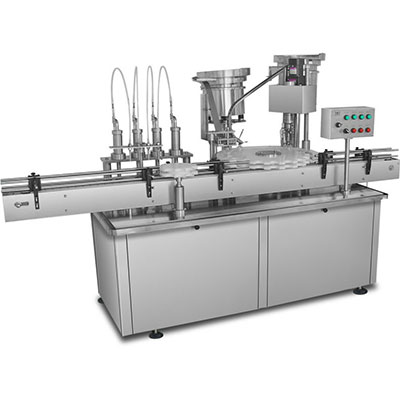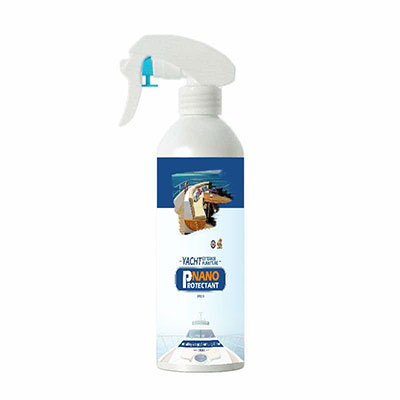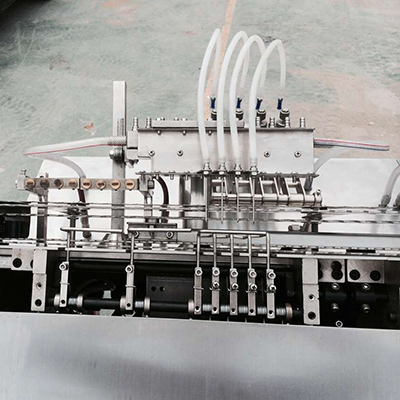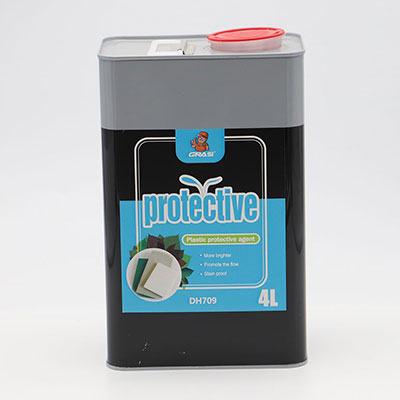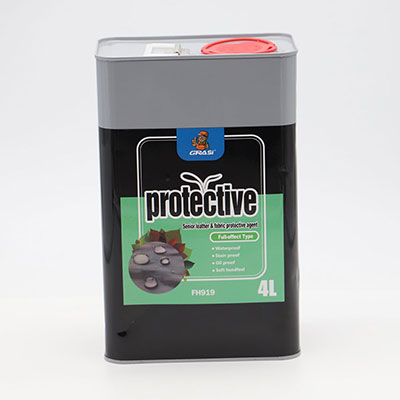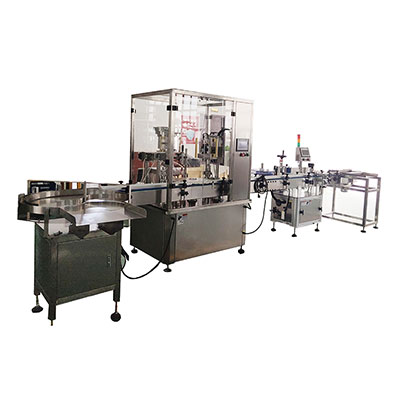Ammonium Chloride
Packaging: 25 KGS/BAG
Storage: Store in a cool and dry place and keep away from strong light and heat
Shelf life: 2 years
| Items | Standards |
| Assay % | 99.0--101.1 |
| Water % | 0.5 Max |
| Reducing On Ignition % | 0.1 Max |
| Heavy Metal ( as Pb ) PPM | 5 Max |
| As PPM | 3 Max |
Ammonium Chloride, an inorganic compound with the formula NH4Cl, is a white crystalline salt, highly soluble in water. Solutions of ammonium chloride are mildly acidic. Sal ammoniac is a name of the natural, mineralogical form of ammonium chloride. The mineral is commonly formed on burning coal dumps, due to condensation of coal-derived gases. It is also found around some types of volcanic vents. It is used as a flavouring agent in some types of liquorice. It is the product from the reaction of hydrochloric acid and ammonia. Medicine Ammonium chloride is used as an expectorant in cough medicine. Its expectorant action is caused by irritative action on the bronchial mucosa. This causes the production of excess respiratory tract fluid which presumably is easier to cough up. Ammonium salts are an irritant to the gastric mucosa and may induce nausea and vomiting. Ammonium chloride is used as a systemic acidifying agent in treatment of severe metabolic alkalosis, in oral acid loading test to diagnose distal renal tubular acidosis, to maintain the urine at an acid pH in the treatment of some urinary-tract disorders. Food In several countries, ammonium chloride, known as sal ammoniac, is used as food additive under the E number E510, commonly as a yeast nutrient in breadmaking. It is a feed supplement for cattle and an ingredient in nutritive media for yeasts and many microorganisms. Ammonium chloride is used to spice up dark sweets called salty liquorice, in baking to give cookies a very crisp texture, and in the vodka Salmiakki Koskenkorva for flavouring. In India and Pakistan, it is called "Noshader" and is used to improve the crispness of snacks such as samosas and jalebi.
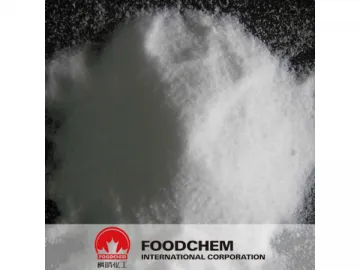
Links:https://www.globefindpro.com/products/54132.html
